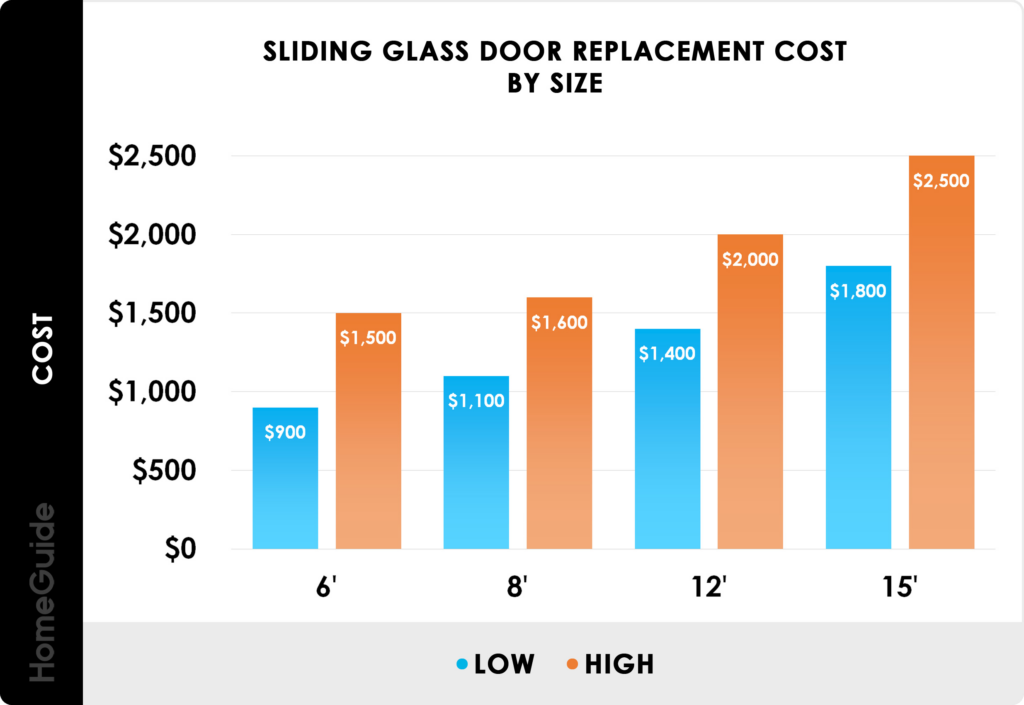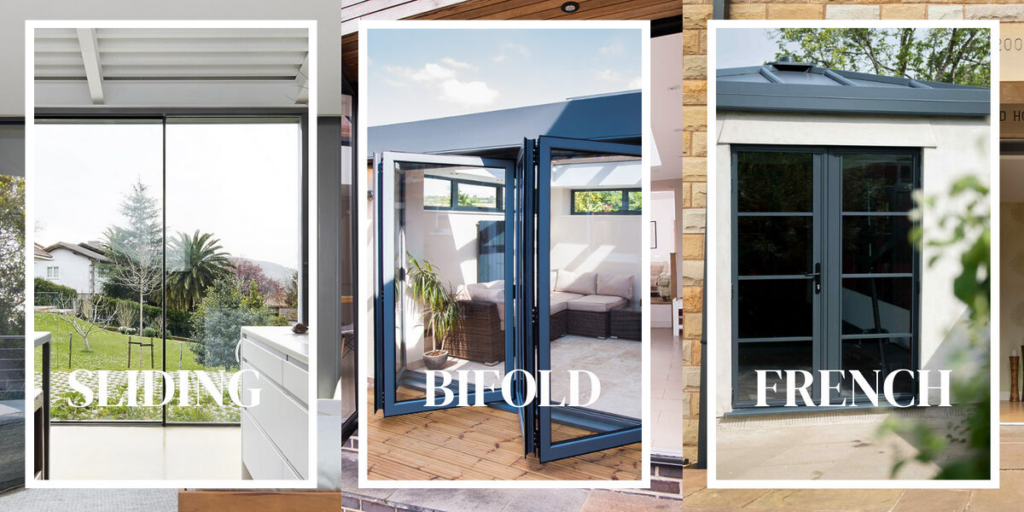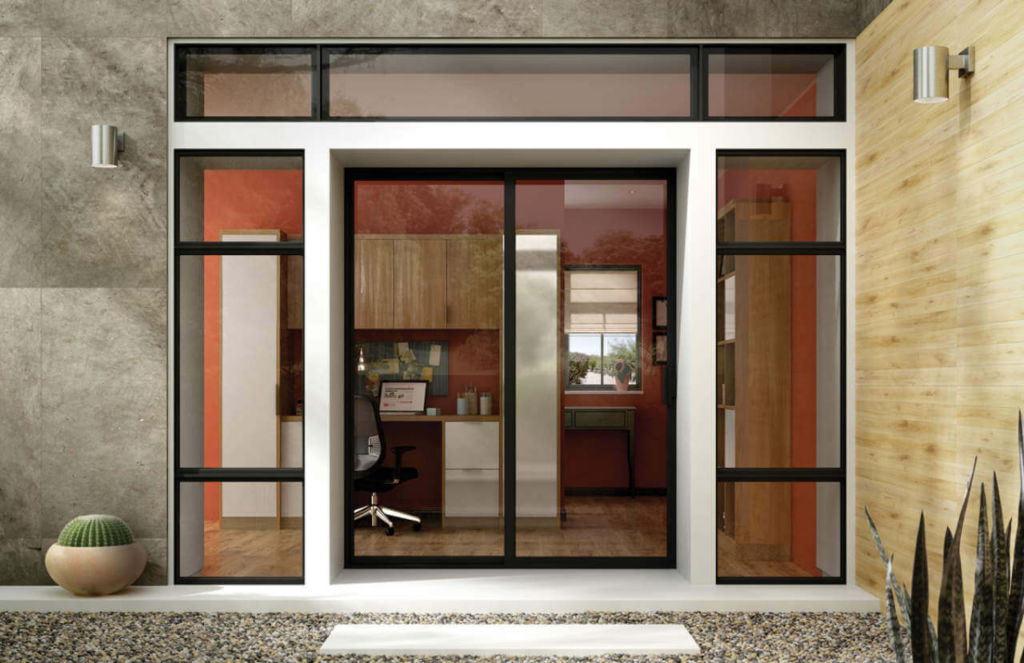Installing a sliding glass door can enhance both the aesthetic appeal and functionality of a space, whether it’s a home or a commercial setting. The cost of installation, however, can vary significantly depending on various factors. This article will explore these factors, providing a comprehensive guide to help you understand the costs involved in installing a sliding glass door.
Factors Affecting the Cost
Several elements impact the total cost of installing a sliding glass door, from the type of door and materials used to labor costs and any additional features you might want.

Type of Sliding Glass Door
The type of sliding glass door you choose is one of the primary factors affecting cost. Standard sliding doors are typically more affordable, while those with additional features, such as double glazing for energy efficiency or built-in blinds, can be more expensive.

In residential settings, traditional two-panel doors are common, while larger or multi-panel doors may be preferred in commercial spaces for their expansive views and light. Multi-panel doors can significantly increase the cost due to extra materials and installation complexity.
Materials and Quality
The materials used in the construction of sliding glass doors also contribute to the overall cost. Common materials include vinyl, aluminum, wood, and fiberglass. Vinyl is often the least expensive, providing a good balance of durability and cost-effectiveness. Aluminum offers a sleek look and is very durable, though it may cost more. Wood and fiberglass are typically at the higher end of the price spectrum, offering superior aesthetics and energy efficiency.

Higher quality materials will increase durability and longevity, potentially providing better insulation, which can reduce energy costs over time, but they will also increase the initial expenditure.
Installation and Labor Costs
Labor costs for installing a sliding glass door can vary widely depending on the complexity of the project and your location. In areas with a higher cost of living, labor charges can be significantly more. Additionally, more complex installations, such as those requiring structural changes to accommodate the new door, will increase labor costs.
Professional installation is recommended, especially for large or heavy doors, to ensure safety and proper function. DIY installation may save on labor costs but can lead to additional expenses if mistakes are made.
Additional Features and Customization
Adding features like built-in blinds, custom finishes, or integrated pet doors can increase the cost. These options enhance functionality and convenience but come at a price. Additionally, specialty glass options, such as tempered or laminated glass, can also increase costs.
When planning the installation, consider your specific needs and whether additional features are worth the extra investment.
Cost Breakdown
To provide a clearer picture, let’s break down the costs associated with installing a sliding glass door:

Basic Sliding Glass Door: The cost of a basic sliding glass door can range from $300 to $1,000. This usually includes standard materials and no additional features.
Mid-Range Options: For better materials, like aluminum or wood, and added features, prices typically range from $1,000 to $3,000.
High-End Custom Doors: Custom doors made from high-quality materials or with multiple panels and special features can cost $3,000 or more, sometimes reaching $5,000 or higher.
Labor Costs: Labor costs can add another $500 to $1,500 to the total price, depending on the complexity and location of the installation.
Commercial vs. Residential Installation
In commercial settings, sliding glass doors are often larger and may require more robust materials to withstand heavy usage. This can increase both material and labor costs. Additionally, commercial installations may need to comply with specific building codes and regulations, which can add to the expense.
Conclusion
The cost of installing a sliding glass door can vary greatly depending on numerous factors, including door type, materials, labor, and additional features. Whether for a home or a commercial space, it’s important to consider these elements carefully to ensure you get the best value for your investment. By understanding these costs and making informed choices, you can enhance your space with a beautiful and functional sliding glass door that meets your needs and budget.
FAQs
1. Can I install a sliding glass door myself?
While DIY installation is possible, it’s generally recommended to hire professionals, especially for large or complex doors, to ensure proper installation and avoid costly mistakes.
2. What is the best material for a sliding glass door?
The best material depends on your priorities. Vinyl offers affordability, aluminum provides durability, wood gives a classic look, and fiberglass offers excellent energy efficiency.
3. How can I make my sliding glass door more energy-efficient?
Opt for double-glazed or low-emissivity (Low-E) glass, and ensure a tight seal to reduce heat transfer and improve energy efficiency.
4. Are there any additional costs I should be aware of?
Yes, potential additional costs include permits (if required), structural modifications, and any custom features or upgrades you choose.
5. How long does it take to install a sliding glass door?
Installation typically takes a few hours to a full day, depending on the complexity of the project and the need for any structural changes.